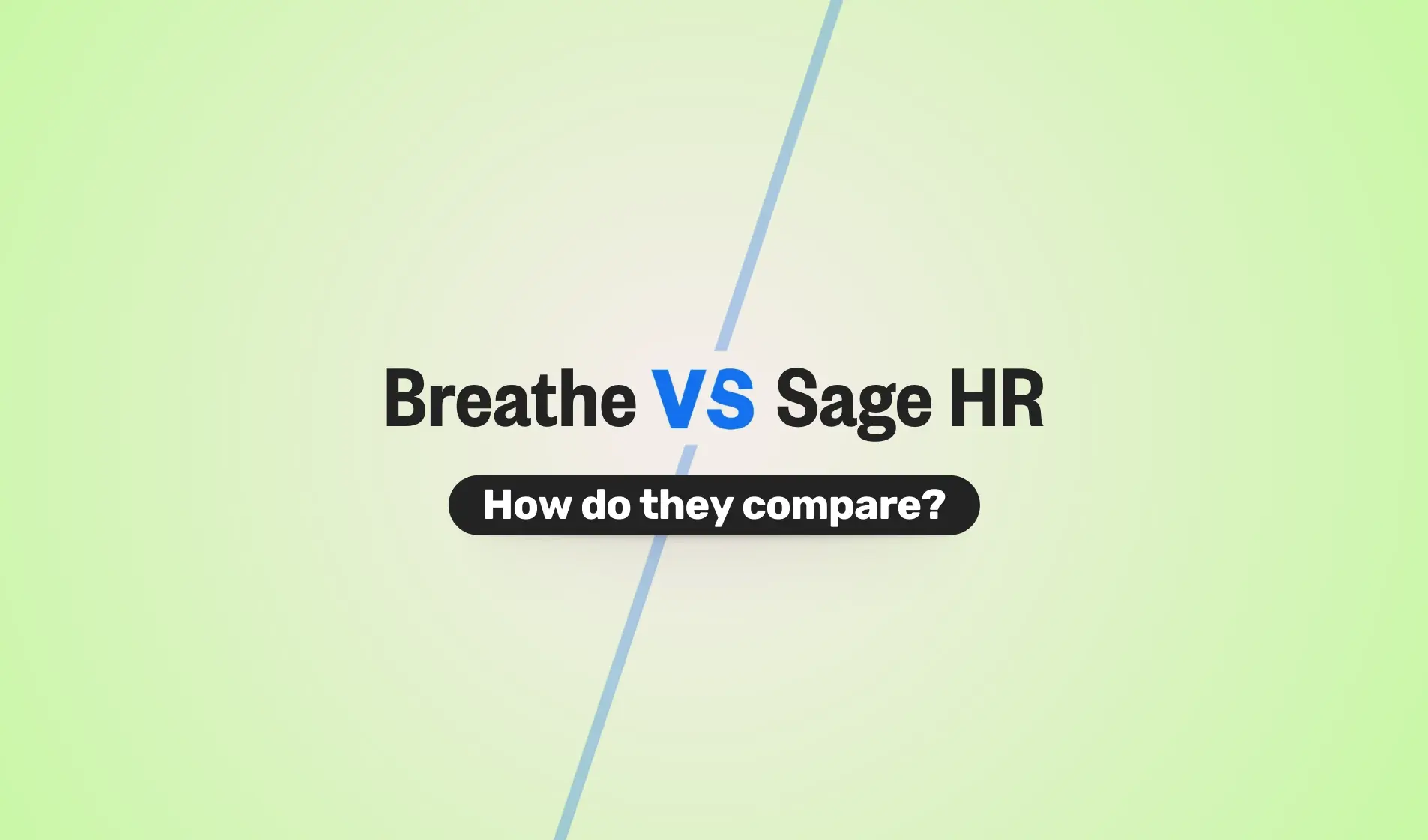Here’s a surprising fact. Although the fraud cases we hear about most happen in high-profile companies, SMEs are statistically more likely to suffer from fraud. Even more worryingly, 1 in 5 SMEs has been defrauded by an employee at some point in their trading history.
Workplace fraud can feel doubly upsetting for SME owners. Not only has your business been cheated out of hard-earned money, but it’s been at the hands of someone you trusted.
There are steps you can take to spot fraudulent employee behaviour, and more importantly, to prevent it happening in the first place. The fraud triangle is a model that helps explain the behaviour and what motivated the employee to act that way.
What is the fraud triangle?
The fraud triangle is a theory created by American criminologist Donald Cressey. It is used to explain what leads people to commit fraud or other unethical behaviour. As the name suggests, it has three elements. These are pressure, rationalisation and opportunity.
The three elements of the fraud triangle
Pressure
Pressure is the motivation behind fraud and is regarded as ‘unresolvable’ by the person experiencing it; they see no alternative to dealing with their situation. The pressure is often financial – debts, a drug habit or lifestyle expectations are common sources of pressure.
Pressure may also be emotional. For instance, pressure to perform a certain way or achieve set goals may cause an individual to ‘cook the books’ to make it look as if they have delivered.

Rationalisation
The perpetrator will be able to justify their action. It’s important to remember that cases of fraud are often committed by first-time criminals who see themselves as a victim of circumstances rather than a villain.
The individual may feel hard done by and see fraud as a form of payback. Some view their fraud as ‘borrowing’ goods or money while some see it as payment they’re owed.
Others might justify it by saying the fraud occurs against a company which can afford the loss, or that because the fraud is insured against, there are ‘no losers’.
Opportunity
Fraud can only take place if there is the opportunity to commit the crime. Provided the pressure and rationalisation are present, a potential perpetrator will look for the opportunity to commit fraud.
It might be a temporary situation where the risk of being caught is low. Alternatively, the individual may have access to banking details, cheque books or passwords which make it easy for them to commit fraud.
Goods might be easy to access or inventoried infrequently making it easy for staff to pilfer without anyone noticing.
How to spot fraudulent behaviour
SMEs can take several steps to prevent employee fraud, focused on the three areas of the fraud triangle. Here are a few examples.
Relieve the pressure that drives fraudulent behaviour
The pressure that drives someone to commit fraud will affect other areas of their life. For your part as their employer, a focus on workplace wellbeing can help reduce pressure or make it easier to identify and deal with the intense pressure that may push an employee towards fraud.
A culture that actively supports its employees’ physical, emotional and mental health will be able to identify employees who may be struggling more quickly. This makes it easier to help these employees find the right support.
Financial wellbeing support can help reduce the stigma of debt and help signpost employees who may be struggling financially towards support methods.
Reviewing your incentive and reward programme may help reduce pressure as well. Instead of creating a high-pressure environment focused on challenging targets, consider ways of rewarding other behaviours such as exceptional customer care.
Remove the opportunity to commit workplace fraud
Sometimes it’s just too easy to commit workplace fraud. Loose processes and a relaxed culture can make it easy for an employee with the rationalisation and pressure present to commit fraud.
Tighten up your accounting policies. If keeping an eye on the numbers is left to just one or two people, an opportunistic employee may be able to manipulate the numbers.
Ensure strong internal controls to prevent fraud slipping through the net. And remember, it’s estimated that two thirds of employee fraud are committed by employees with at least five years’ service. Be wary of giving any single person or group of people sole involvement with finances, regardless of how much you trust them.
You could consider using an external auditor to review your accounts and processes. This will also act as a fraud deterrent.
Deal with potential rationalisation around workplace fraud
Don’t give employees the chance to justify fraudulent behaviour. Taking a zero-tolerance approach to fraud will make it clear that this behaviour is unacceptable. Here are some other things you can do to reinforce a zero-tolerance approach.
Leverage your company culture. By developing a transparent and collaborative approach that treats employees fairly, you’ll be less likely to have disgruntled employees who believe potential fraudulent behaviour is a payback.
Give your team anti-fraud training. This will help prevent the situation arising and alert the wider business to individuals who may be acting out of character.
How to identify employee fraud
As much as SME owners want to trust their workers, it’s important to be alert to clues of fraudulent behaviour. It’s all too easy to dismiss red flags as administrative errors.
The following signs don’t necessarily indicate guilt or innocence but can act as a warning light.
- Does an employee have known financial pressures or gambling, alcohol or drug addictions? Do they have a reputation for taking risks, or speculating on investments?
- Have you noticed changes in their lifestyle? Are they suddenly a lot better off, driving a nice car or flashing the cash?
- Do they deflect questions around excessive spending with an excuse about an inheritance or lottery win?
- Do you have discrepancies in your books such as payments not matching the account payee details or your general ledger?
- Do they refuse to take holiday time or work with other colleagues?
- Do they work outside of normal hours when they don't need to, especially if they work in accounting and have authority to make or receive payments?
- Are there multiple payments for similar or identical amounts close together but to different payees? One might be to pay a legitimate expense, another might be fraudulent.
- Is there a lack of separation of duties and power in your business?
- Do they have unusually close relationships with auditors or clients?
Preventing workplace fraud is always the best approach. If you would like support to arm your SME against fraud, check out our network of HR partners to find a local expert to help.

Author: Laura Sands
Laura is a writer who enjoys getting into the detail of subjects and sharing that knowledge with snappy, interesting content. When not typing away, she enjoys walks in the woods and curling up with a good book and mug of something hot.




